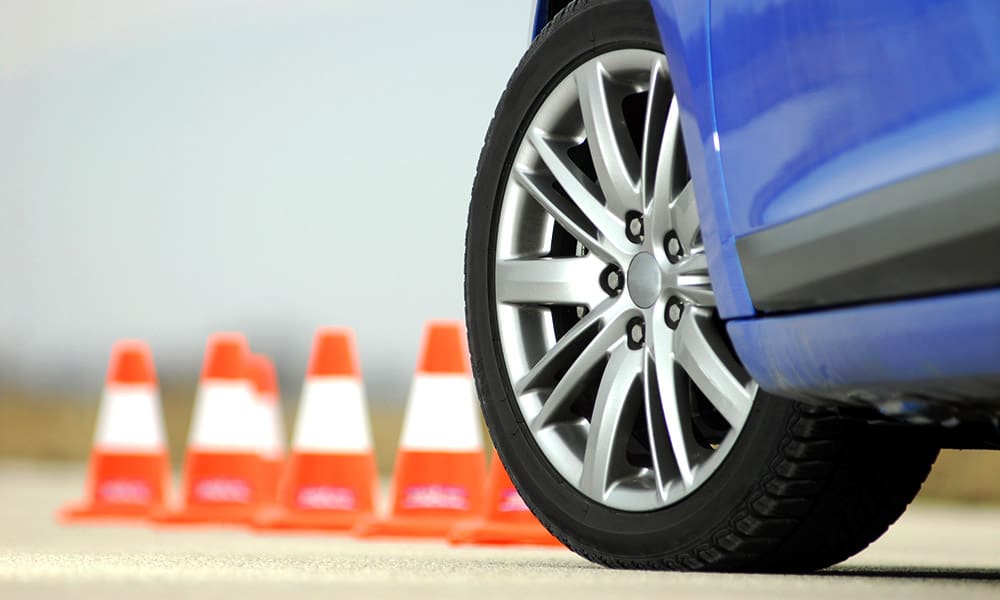Buying a car for the first time is pretty exciting – car insurance, on the other hand, is not. Insurance is, however, a necessity if you’re driving on public roads. So, whilst car cover might not be the stuff of legendary banter, it will keep you and your motor legal. Here are your options.
Third party only (TPO)
This does exactly what it says on the tin – it only pays for injuries to other people (the ‘third party’) and damage done to their vehicles and property. If you have an accident and you’re at fault, it will also compensate any injured passengers in your car.
Crucially, TPO does not cover injuries to you or damage to your car, and it won’t cover fire damage or theft. In other words, if you crash your car or it’s taken for a joyride or set alight, you’ll have to cough up for repairs or a replacement yourself.
Passive income stocks: our picks
Do you like the idea of dividend income?
The prospect of investing in a company just once, then sitting back and watching as it potentially pays a dividend out over and over?
If you’re excited by the thought of regular passive income payments, as well as the potential for significant growth on your initial investment…
Then we think you’ll want to see this report inside Motley Fool Share Advisor — ‘5 Essential Stocks For Passive Income Seekers’.
What’s more, today we’re giving away one of these stock picks, absolutely free!
Third party only is the minimum level of cover required by law in the UK.
Third party, fire and theft (TPFT)
This is one step up from TPO, so you’ll be covered for injuries to third parties and damage to their property, and you will also be compensated if your car is stolen or destroyed by fire.
Comprehensive insurance
This is the Formula One of car insurance, so you’ll get everything included in TPFT and, depending on the exact wording of your policy, you could also be covered for any damage done to your car.
What other car insurance features are there?
Most insurers will give you the option of adding extra features to your car insurance to give you better protection – for instance:
- Breakdown cover for roadside assistance.
- European cover in case you fancy a continental jaunt.
- Courtesy car hire if your car is being repaired.
- Legal protection which covers legal fees and compensation costs if you need to defend yourself in court or want to make a claim against someone for incidents that aren’t otherwise covered in your policy.
What’s the cheapest type of car insurance policy?
Traditionally, third party only cover was considered the cheapest option, comprehensive cover was the most expensive and third party, fire and theft sat somewhere in the middle. But, data from Money Supermarket reveals that this isn’t necessarily the case anymore.
Their figures show the average cost of TPO cover (as of August 2019) was £1,253 compared to £828 for TPFT and £469 for a comprehensive policy. If that seems surprising, it comes down to the fact that people who buy TPO or TPFT cover are actually (statistically) more likely to make a claim on their insurance, which is reflected in the premium.
It’s also worth remembering that while some TPO policies start off cheap, they could end up a lot pricier by the time you’ve added on any additional features.
Choosing the right policy
Budget will play a big part in any decision, especially as it’s no secret that young drivers pay higher premiums compared to more experienced motorists. Money Supermarket’s stats also found 20 to 24 year olds paid an average of £940 for a comprehensive policy compared to £536 for those between 30 and 39.
Nevertheless, the right policy for you will be one that meets all your needs and not just the needs of your bank balance. For example, if your car didn’t cost much and you consider yourself a decent driver or don’t drive very often, a TPO policy might be all you need. But, if you’ve treated yourself to a brand new motor (or one that cost more than a few hundred quid from the bloke down the road) and drive long distances, a comprehensive policy might be the more sensible option.
Drive down the cost of car cover
Saving money doesn’t mean having to knock down your level of protection. You might be able to cut premiums by:
- Taking out black box cover – the black box in question is a smartphone-like device that monitors your driving. If the computer reckons you’re a good driver (sticking to the speed limit and no sudden braking), you could see a reduction in your premium. The flip side is that if you’re more boy racer than boy scout, your premiums could soar. Black box cover is also known as telematics insurance.
- Keeping your car secure – the more secure your car, the better. If you can’t keep your car in a locked garage overnight, it’s a good idea to invest in an immobiliser or other security system.
- Choosing a car in a lower insurance group – all cars belong to one of 50 insurance groups. Typically, the lower the number, the cheaper the car is to insure as cars at the lower end of the scale are often cheaper to buy and less powerful.
Ultimately, there’s no one-size-fits-all when it comes to car cover. Before you buy, always check the terms and conditions – policies vary between insurers, so shop around to get the best value. Comparison sites are a great place to start, but don’t be afraid to go direct to the insurer and haggle.







